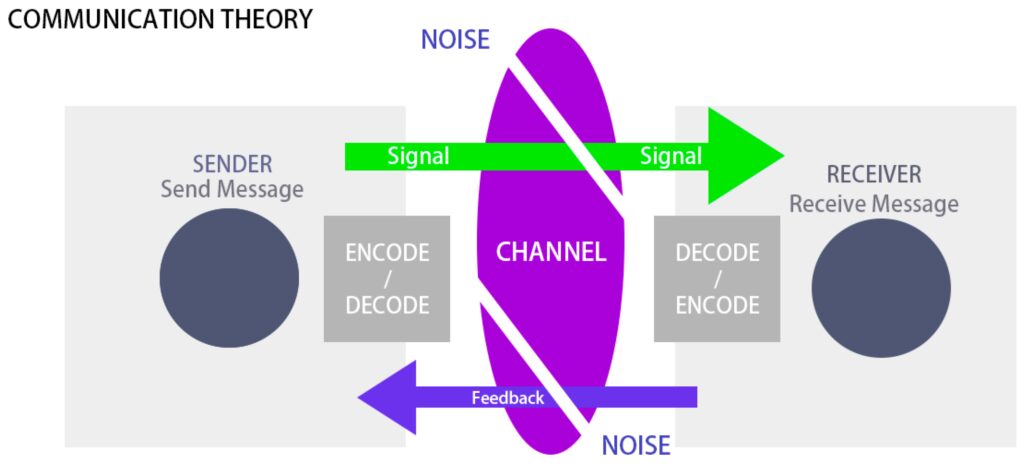The article discusses how game studios create immersive environments in video games using advanced graphics technologies, level design, sound design, and character animations. Advanced graphics technologies such as real-time ray tracing, high dynamic range (HDR), and physically based rendering (PBR) are used to create lifelike environments. Level design is important for creating a game world that feels both realistic and immersive, sound effects, voice acting, and music are used to create a sense of immersion, and motion capture technology is used to create realistic character animations. The continued advancement of technology is likely to make gaming an even more enticing medium for entertainment, storytelling, and art.
Introduction
Video games have undergone a significant transformation since their inception. From the earliest games of Pong and Mario to the latest titles such as Call of Duty, Assassin’s Creed or Grand Theft Auto, the gaming industry has come a long way. The graphics, sound, and other advanced features in modern games have made them a popular choice among gamers worldwide. The immersive environments created in video games play a crucial role in attracting players and keeping them hooked. In this article, we’ll explore how game studios create such environments by leveraging advanced graphics and other technologies.
Advanced Graphics in Video Games
Graphics play a vital role in any video game, and the quality of graphics can make or break a gamer’s immersion. Today’s video games leverage advanced graphics technologies, such as Real-time Ray Tracing, High Dynamic Range (HDR), and Physically Based Rendering, to create immersive environments.
Real-time Ray Tracing
Real-time Ray Tracing is a technology that enables game studios to render graphics in real-time by tracing the path of light in a scene. This technology can produce highly realistic reflections, shadows, and lighting effects, resulting in a more immersive environment.
For example, in the game Cyberpunk 2077, Real-time Ray Tracing is used to create highly realistic reflections in mirrors, windows, and other reflective surfaces. This brings the game world to life, making it feel more lifelike and immersive.
High Dynamic Range (HDR)
High Dynamic Range (HDR) is a technology that enables video games to display a more extensive range of colors and brightness levels. This allows game studios to create more vibrant and lifelike environments.
For example, in the game Red Dead Redemption 2, the sunrise and sunset scenes look stunning due to the use of HDR technology. The game’s use of HDR technology results in richer and more vibrant colors, making the game world feel more alive.
Physically Based Rendering
Physically Based Rendering (PBR) is a technology that creates realistic lighting in video games. PBR uses real-world physics to calculate how light interacts with the surfaces in a scene. This results in more lifelike lighting effects in video games.
For example, in the game God of War, PBR is used to create highly realistic lighting effects. The game’s environments look and feel realistic due to the use of PBR technology.
Creating Immersive Environments in Video Games
Game studios use several techniques to create immersive environments in video games. These techniques range from level design, sound design, and character animations.
Level Design
Level design is a crucial aspect of creating immersive environments in video games. Game levels need to be designed in a way that allows players to navigate them smoothly, without feeling too cluttered or chaotic. The goal of level design is to create an environment that feels both realistic and immersive.
For example, in the game Assassin’s Creed Valhalla, the level design is based on real-world locations in Norway and England. The game’s open-world environments let players explore the game’s world freely while giving them a sense of immersion in the game’s world.
Sound Design
Sound design plays a significant role in creating immersive environments in video games. Game studios use sound effects, voice acting, and music to make the game’s environments feel more lifelike and immersive.
For example, in the game The Last of Us Part II, the sound design is used to create a sense of tension and suspense. The game’s sound design makes use of ambient sounds, such as distant gunshots, to create a sense of danger and urgency.
Character Animations
Character animations play a crucial role in creating immersive environments in video games. Game studios use motion capture technology to create realistic character animations, making the game’s characters feel more lifelike.
For example, in the game Ghost of Tsushima, the game’s animations are based on motion-captured performances. This results in highly realistic and fluid animations that give the game’s characters a sense of weight and presence.
Conclusion
Creating immersive environments in video games is no small feat. Game studios use advanced graphics technologies, level design, sound design, and character animations to create environments that feel both realistic and immersive. With the continued advancement of technology, the gaming industry is likely to create even more immersive environments in the future, making gaming an even more enticing medium for entertainment, storytelling, and art.
